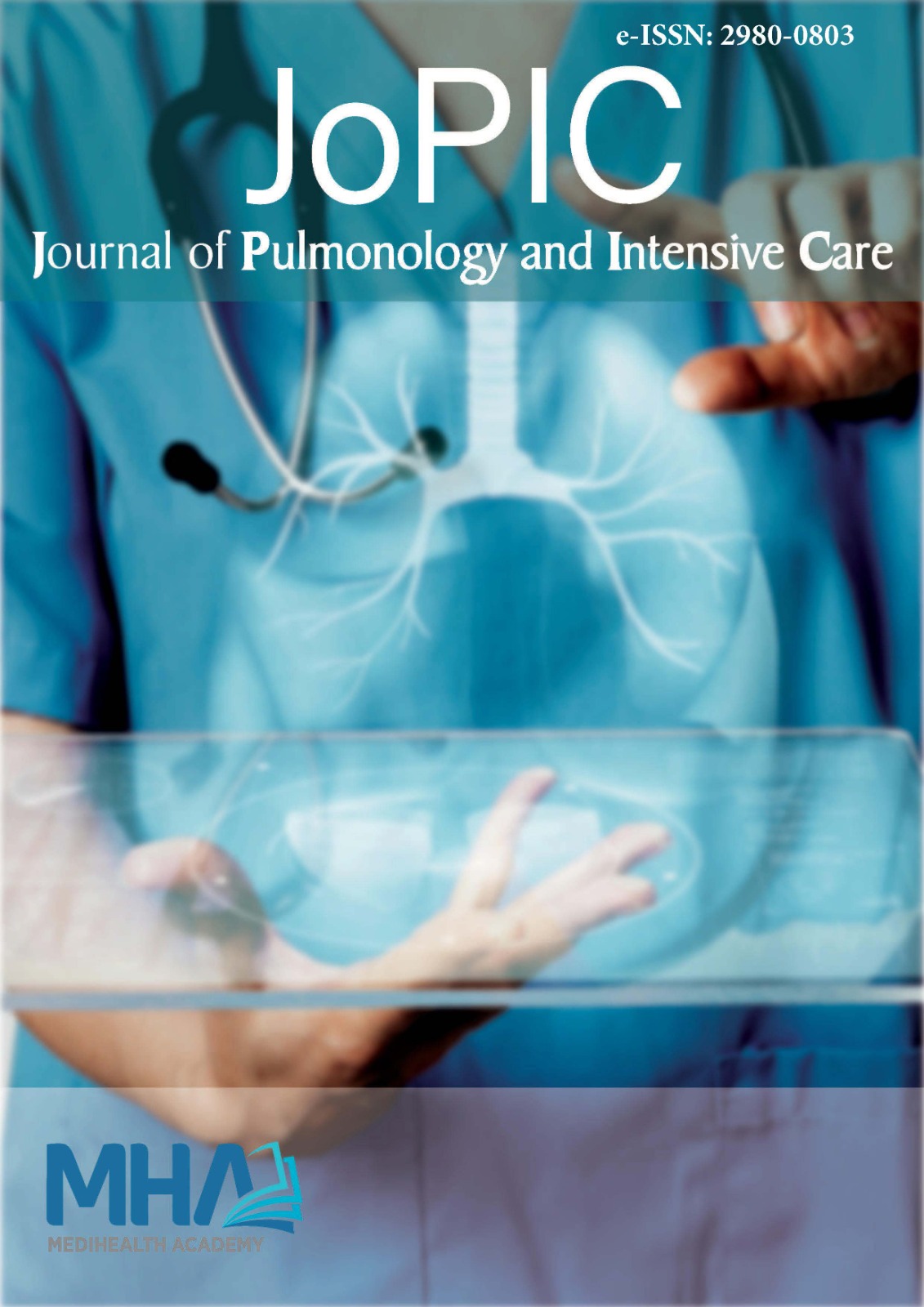1. Buysse DJ. International classification of sleep disorders, version 2:diagnostic coding manual.American Academy Of Sleep Medicine,Rochester. 2005.
2. Silva GE, Goodwin JL, Vana KD, Quan SF. Obstructive sleep apneaand quality of life: comparison of the SAQLI, FOSQ, and SF-36questionnaires. Southwest J Pulm Crit Care. 2016;13(3):137-149.
3. Al Lawati NM, Patel SR, Ayas NT. Epidemiology, risk factors, andconsequences of obstructive sleep apnea and short sleep duration. ProgCardiovasc Dis. 2009;51(4):285-293.
4. Young T, Skatrud J, Peppard PE. Risk factors for obstructive sleep apneain adults. JAMA. 2004;29(16):6.
5. Iber C. Israel AS, Chesson AL, Quan SF. The AASM manual for thescoring of sleep and associated events. Rules, terminology and technicalspecifications. 1st ed: wenchester, Illıonis: American Academy Of SleepMedicine. 2007.
6. Yavuz D, Mete T, Yavuz R, Altunoğlu A. D Vitamini, calsiyum,mineral metabolizması, D vitaminin iskelet dışı etkileri ve kronikböbrek yetmezliğinde nütrisyonel D vitamini kullanımı. AnkMJ.2014;14(4):162-171.
7. Skaaby T, Husemoen LLN, Thuesen BH, et al. Vitamin D statusand chronic obstructive pulmonary disease: a prospective generalpopulation study. PloS one. 2014;9(3):90654.
8. Persson LJP, Aanerud M, Hiemstra PS, et al. Chronic obstructivepulmonary disease is associated with low levels of vitamin D. PLoS One.2012;7(6):38934.
9. David E, McCarty M, Andrew L et al. The link between vitamin Dmetabolism and sleep medicine. Sleep Med Rev. 2014;18(4):311-319.
10. Jennum P. SjØl A. Epidemiology of snoring and obstructive sleepapnoea in a danish population, age 30-60. J sleep Res. 1992;1(4):240-244.
11. Çiftçi B. Bakmak ve görmek; uykuda solunum bozukluğu-hekimfarkındalığı. 2009;19(3):95-98.
12. Banno K, Kryger MH. Sleep apnea: clinical investigations in humans.Sleep Med Rev. 2007;8(4):400-426.
13. Nieto FJ, Young TB, Shahar E, et al. Association of sleep-disorderedbreathing, sleep apnea, and hypertension in a large community-basedstudy. JAMA. 2000;283(14):1829-1836.
14. Sözen T. D hormon: güncel gelişmeler. Hacettepe Tıp Derg. 2011;42(1):14-27.
15. Köktürk O. Obstrüktif uyku apne sendromu fizyopatolojisi. TurkToraks Derneği merkezi kurslar. Turk Thorac J. 2007;27(1)71-82.
16. Hoffstein V, Mateika S. Differences in abdominal and neckcircumferences in patients with and without obstructive sleep apnoea.Eur Respir J. 1992;5(4):377-381.
17. Uyar M. et al. Clinical profiles of obstructive sleep apnea syndrome.Turk Thorac J. 2008;9(3):113.
18. Holick MF. McCollum award lecture, 1994: vitamin D-new horizonsfor the 21st century. Am J Clin Nutr. 1994;60(4):619-630.
19. Jameson JL, Weetman AP. Tiroid bezi hastalıkları. Harrison İçhastalıkları prensipleri (15. Edisyon). İstanbul: Nobel Matbaacılık.2004;4(1):2060-2075.
20. Bordelon P, Ghetu MV, Langan R. Recognition and management ofvitamin D deficiency. Am Fam Physician. 2009;15(80):841-846.
21. Mete T, Yalçın Y, Berker D, et al. Obstructive sleep apnea syndromeand its association with vitamin D deficiency. J Endocrinol Invest.2013;36(9):681-685.
22. Bozkurt NC, Çakal E, Şahin M, et al. The relation of serum 25hydroxyvitamin D levels with severity of obstructive sleep apnea andglucose metabolism abnormalities. Endocrine. 2012;41(3):518-525.
23. Barcelo A, Esquinas C, Pierola J, et al. Vitamin D status and parathyroidhormone levels in patients with obstructive sleep apnea. Respiration.2013;86(4):295-301.
24. Erden ES., et al. Investigation of serum bisphenol A, vitamin D, andparathyroid hormone levels in patients with obstructive sleep apneasyndrome. Endocrine. 2014;45(2):311-318.
25. Kheirandish Gozal L, et. al. Vitamin D levels and obstructive sleepapnoea in children. Sleep Med. 2014;15(4):459-463.
26. Udwadia ZF, Doshi AV, Lonkar SG. Singh C.I. Prevalence of sleepdisordered breathing and sleep apnea in middle-aged urban Indianmen. Am J Respir Crit Care Med. 2004;169(2):168-173.
27. Peterson CA, Heffernan ME. Serum tumor necrosis factor-alphaconcentrations are negatively correlated with serum 25 (OH) Dconcentrations in healthy women. J Inflamm. 2008;24(5):10.
28. McCarty DE, Reddy A, Keigley Q, et al. Vitamin D, race, and excessivedaytime sleepiness. J Clin Sleep Med. 2012;8(6):693-697.
29. Liguori C, Romigi A, Izzi F, et al. Continuous positive airway pressuretreatment increases serum vitamin D levels in male patients withobstructive sleep apnea. J Clin Sleep Med. 2015;15(11):603-607.
30. Schlosshan D, Elliott MW. Sleep. 3: clinical presentation and diagnosisof the obstructive sleep apnoea hypopnoea syndrome. Thorax. 2004;59(4):347-352.

